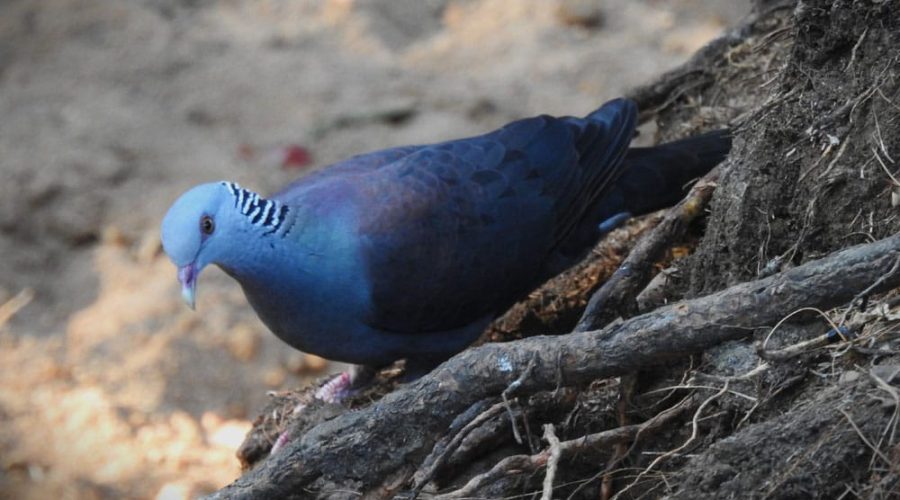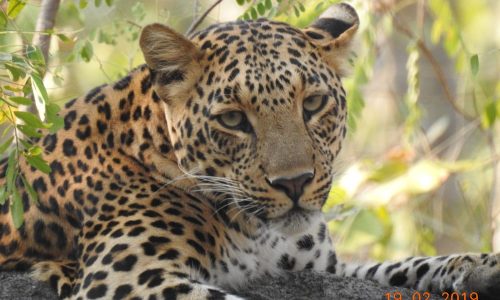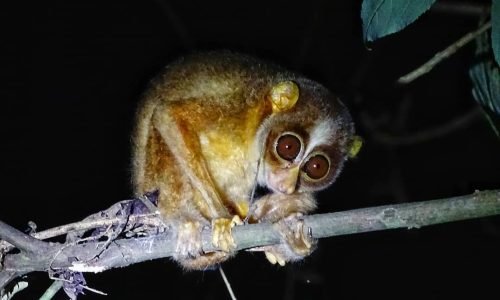This 8-day birding expedition takes you through South India’s premier biodiversity hotspots, offering a rare chance to encounter endemic and migratory bird species in some of the most scenic and ecologically rich landscapes of the Western Ghats. From the dense forests of Thattekkad and Periyar Tiger Reserve to the high-altitude shola forests of Munnar and Ooty, and the plains of Coimbatore and dry deciduous forests of Mudumalai, each location is a treasure trove for avid birdwatchers and nature enthusiasts alike.
The journey begins at the Salim Ali Bird Sanctuary in Thattekkad, where you’ll explore the sanctuary’s rich birdlife, from colourful species like the Crimson-backed Sunbird to elusive nocturnal residents such as the Sri Lanka Bay Owl and Spot-bellied Eagle Owl. Continuing to Periyar, your experience intensifies with guided walks, offering sightings of iconic species like the Waynad Laughingthrush and Great Indian Hornbill, as well as possible encounters with large mammals like elephants and Sambar Deer.
At Munnar, you’ll be immersed in high-altitude birdwatching amidst tea plantations and shola forests, where Western Ghats endemics such as the Nilgiri Pipit, Nilgiri Flycatcher, and the Nilgiri Tahr await. A visit to Eravikulam National Park further enhances your experience with sightings of the Nilgiri Tahr and a variety of highland bird species.
Descending towards Coimbatore, enjoy birding en route in the Nilgiri foothills, with opportunities to spot species like the Painted Sandgrouse and Indian Courser. The adventure continues at Mudumalai Tiger Reserve, a dry deciduous habitat where open grasslands and forested areas provide a unique ecosystem for species like the Blue-faced Malkoha, Jerdon’s Bushlark, and Vernal Hanging Parrot.
Throughout the journey, you’ll encounter a mix of forests, grasslands, and montane habitats, each offering its own array of avian treasures. Guided by local experts, you’ll enjoy specialized birdwatching sessions, nighttime excursions, and safaris in South India’s rich landscapes. The trip concludes in Bangalore, where you’ll depart with unforgettable memories of South India’s endemic birds, mammals, and breathtaking landscapes, making this an ideal expedition for birdwatching and wildlife enthusiasts seeking an immersive experience in the Western Ghats.



